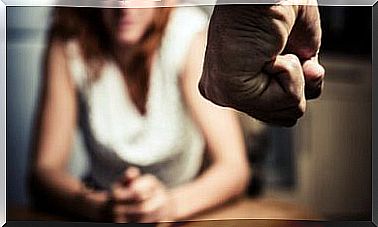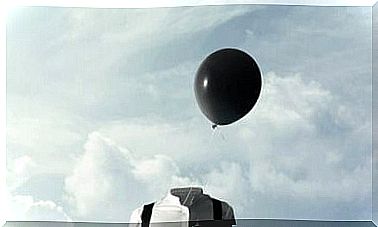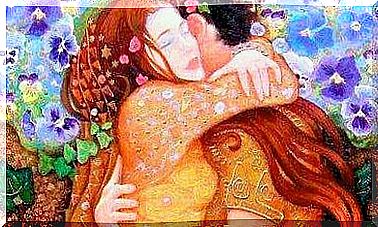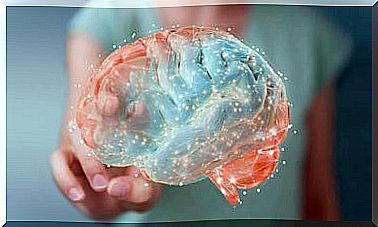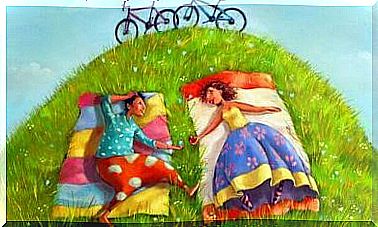The Four Types Of Cronotypes: Find Out Which One Is Yours
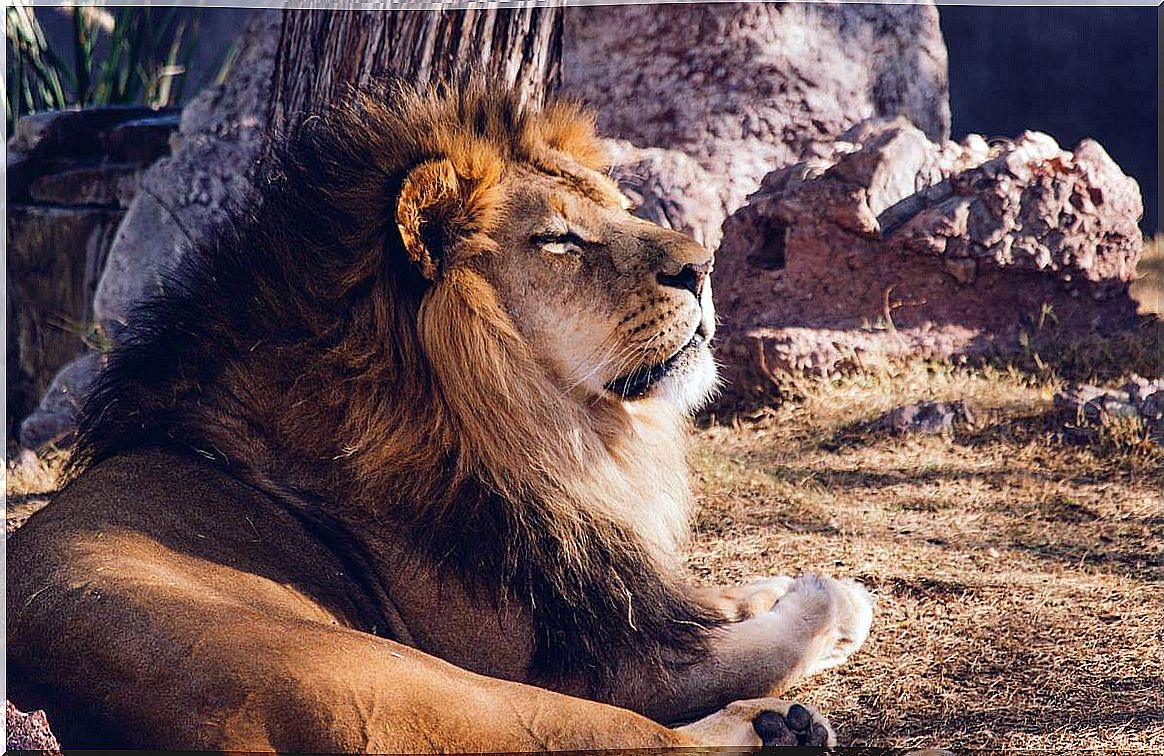
Are you one of those who like to get up early? Or are you perhaps an absolute night owl, one of those who prefer to work at night? There are four types of chronotypes and we all fit into one typology, that is, in that particular way of using our energy, of regulating our circadian rhythms. Knowing it would allow us, for example, to understand why we feel more tired at certain times of the day.
This topic always arouses high interest. It does so because it allows us to elucidate why there are people who find it so difficult to get up early. Also, why are there those who suffer from chronic insomnia or the origin of that lowering of spirits and motivation when noon arrives. The schedules that govern our lives do not always adapt to our needs, a fact that has been studying chronobiology for decades.
Studies on this area of science say that a large part of the population respond to the “bear” typology. That is, we feel most active in the middle of the day and we are always sleep deprived. However, not all match that pattern. Let’s dive a little deeper into this topic.
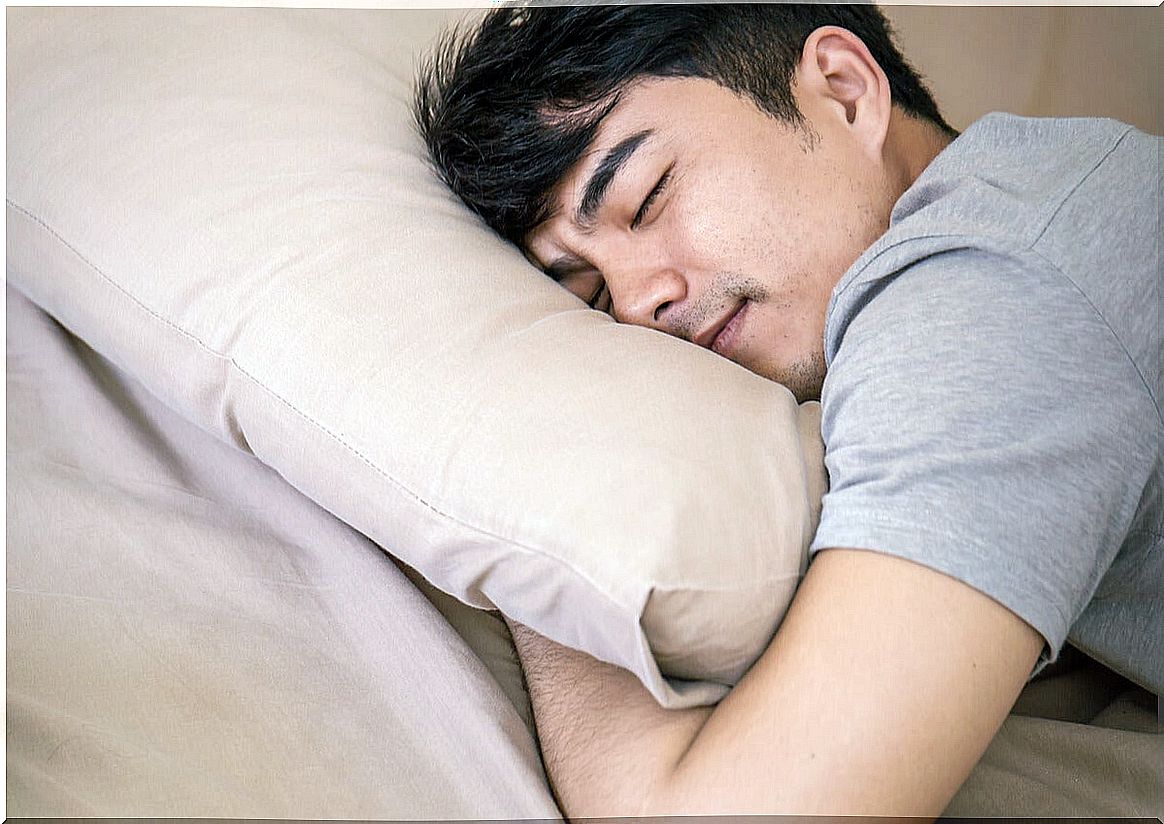
The four types of chronotypes: lions, owls, dolphins, and bears
Before detailing the four types of chronotypes, let’s first stop to define and understand what a chronotype is. This concept defines the natural inclination of our body to sleep during the day or at night. Now, there are more associated aspects. The chronotypes, in addition to regulating the time of sleep and wakefulness, condition our appetite, energy or even the temperature of our body.
None of these processes or trends are mere whims or wills. Studies, such as those carried out at the University of Michigan, for example, remind us that chronotypes have a genetic basis. That is, when we come into the world our tendency, for example, to be a morning lion (early chronotype) is already inscribed in us .
To elucidate which typology defines each of us, questionnaires such as The Morning-Eveningness Questionnaire (MEQ) are often used. However, experts in sleep hygiene indicate that resources like this fail to describe the variability in our rest needs. Our sleep problems are mediated not only by our lifestyle habits, but there are also genetic factors.
For this reason, for years it has already begun to speak of the four types of chronotypes, using as metaphor different figures of animals. Different styles of rest or energy levels are associated with these similes. We analyze it below.
Leon: the evening chronotype
About 20% of the population is integrated into this chronotype of the Lion that, in a way, fits the way in which our society is organized:
- They are people who feel more activated during the first hours of the day.
- It is not too difficult for them to have to get up early. They usually get up at 8 and go to bed around midnight.
- They sleep well, on average, they can rest for eight hours at a time achieving a deep and restorative rest.
- The León chronotype usually maintains fixed hours and they feel good to follow them: they get up at the same time, eat at the same hours …
- These lifestyle habits also revert to their health, they have fewer cardiovascular problems.
The Wolf: Night Chronotypes
In our world, night owls abound, that is, people who fit the chronotype of the wolf, a profile that, far from seeming romantic or evocative, presents some peculiarity that will be well known to us:
- The wolf chronotype has twilight habits: they are very productive and creative at night.
- However, its main peculiarity is having serious problems getting up early.
- Its energy peak has two key moments: at noon and at midnight.
- It is difficult for them to adapt to daytime schedules, hence they prefer to study in the afternoon and have night jobs.
- The main problem with the wolf chronotype is that because they cannot adjust to the normative schedules of our society, they tend to suffer from lack of sleep. This translates into long-term health problems and eating disorders.

The four types of chronotypes: the bear, the most common
Most of us are bears. Strong and productive giants, but often tired from not getting enough sleep. Thus, among the four types of chronotypes, many of us will feel identified with this one for the following reasons:
- Our energy peak is in the mid-morning. It is hard for us to get up early and the energy does not reach us until we arrive at 11 or 12.
- They are people who do not always follow the same schedules, that is , they do not always go to bed or have dinner at the same time and on weekends they get up late. This differentiates them from the first chronotype – the lion – more used to following fixed schedules.
- The main problem with the bear chronotype is lack of sleep. This is because they often go to bed late. Also because their sleep is not sustained, they suffer frequent awakenings and tend to wake up tired.
You define them, the overexcited chronotype
The last of the four types of chronotypes is undoubtedly the most troublesome. It is common for people with insomnia, persistent fatigue and fluctuating energy to identify with the type of dolphin :
- The dolphin metaphor is used due to the unique nature of this animal: they are mammals with uni-hemispherical rest. That is, while one half of your brain rests, the other remains awake and active. This analogy describes men and women with a light and unsatisfactory night’s rest.
Likewise, in this chronotype it is common for people to have very marked peaks of energy, very short moments in which they feel active and very creative. However, after a few hours this hyperactivity subsides to give way to deep fatigue.
It is estimated that 10% of the population can identify with this energy pattern. To conclude, there is only one interesting aspect to note. On average, those people with a daytime chronotype, that is, the one whose energy focuses on the morning hours and manages to rest at night, have better physical and psychological health.
